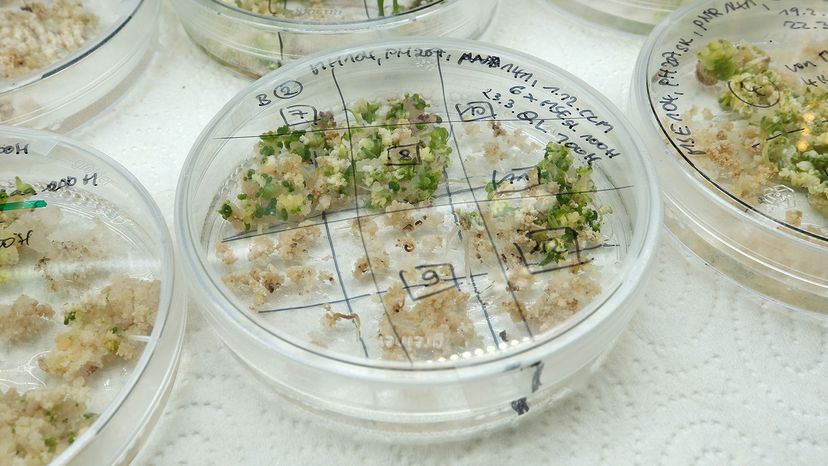
There's been a lot of buzz about mosquitoes; specifically, the genetically engineered variety. In the summer of 2021, a team of scientists from the University of California, Santa Barbara and the University of Washington pioneered a method for messing with mosquito vision, making it very difficult for them to find human targets.
How did they accomplish such a feat? Using a genetic engineering tool known as CRISPR.
Advertisement
"CRISPR was originally a way that bacteria developed to fight viruses," said Raphael Ferreira, a genomics engineer at Harvard Medical School when we spoke to him in 2021. Often compared to a pair of "molecular scissors," CRISPR uses specialized proteins called Cas — short for CRISPR-associated enzymes to cut strands of DNA or RNA at a precise, preprogrammed location. Then, the system can insert or remove the desired gene at that site, and viola: gene-edited organism.
CRISPR opens up a world of possibilities, including many — such as blinding mosquitoes — in the realm of human health. But that's not all it's being used for. "We have so many variants of that technology, it has allowed us to do any type of genetic engineering possible," said Ferreira.
Here are some of the wildest ways scientists are applying CRISPR inside (and potentially outside) the lab.
Advertisement